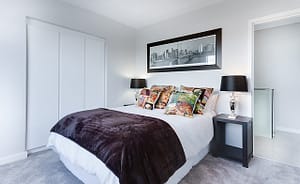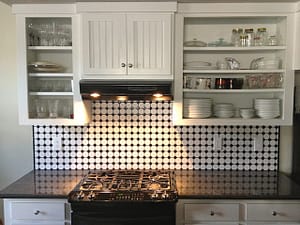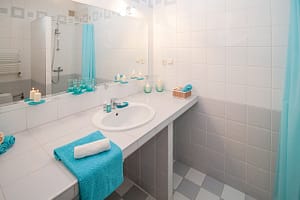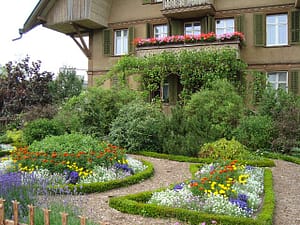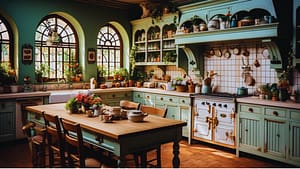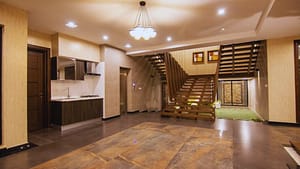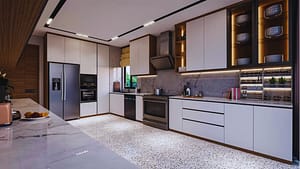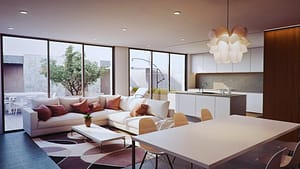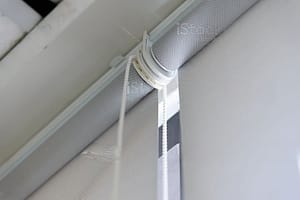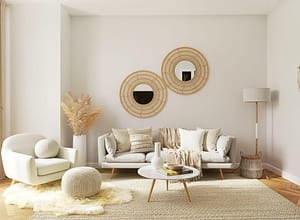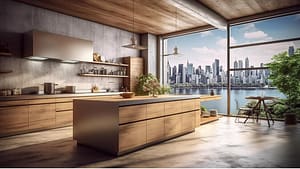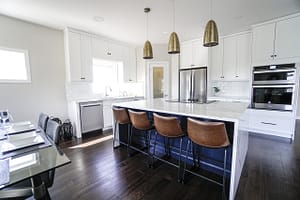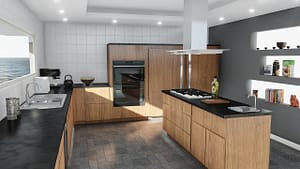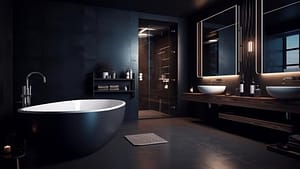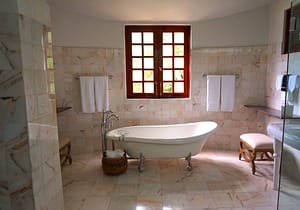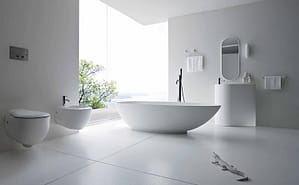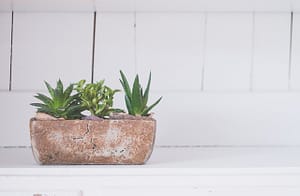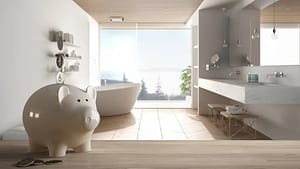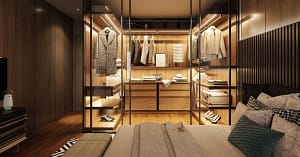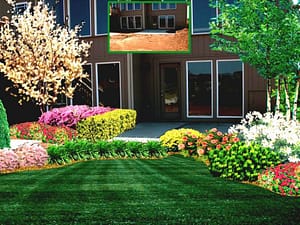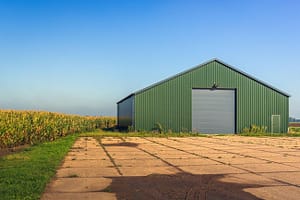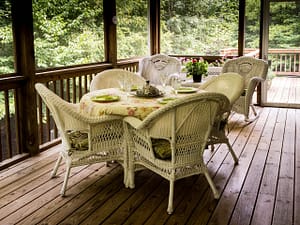
An outdoor shed is a very useful asset. Sheds are very important to create storage space in the basement, garage, or other areas of the house that have become gathering spots for gear typically used outdoors. Sheds are ideal and very important assets for housing mowers, tools, and even pool-care equipment. Sheds can be easily put to other uses as well, such as being key spots to engage in hobbies or even as a child’s clubhouse.
Various things you should be considered before deciding to buy a building or a shed. A storage shed can be a significant investment. Once you place sheds in your yard it may remain in their dedicated spots for years to come. That means careful thought should go into the planning process.
1. What Shed Size Do You Need Now?
Looking at all of your items that currently need to be stored and organized will help give you an idea of what shed size you should choose. If you are simply looking for a garden shed to store a few simple tools, seeds, and hoses, then you probably don’t need a 14×40 shed!
If you are planning to store a lot of larger equipment, such as ATVs, riding lawn mowers, leaf blowers, etc. then a larger shed would make sense. It’s always best to get a shed that is bigger than you need rather than smaller.
Check your local building codes first. Before you accumulate building materials or order a shed, be sure to know the ins and outs of shed codes. Prepare the site well. A proper foundation for the shed is almost as important as the shed itself. The codes may impact the shed’s placement, construction, the materials used, size, and numerous other factors. It’s much easier to amend plans beforehand than to face the hassle and expense after learning you did things incorrectly.
2. What Will You Use Your Shed For?
Of course, many homeowners simply use their sheds for storage. However, sheds can be used for so much more than that. Also, what you plan on storing in your shed can have an impact on which shed you choose.
If you want to store a lot of small tools and need to install hooks and shelves, an easy-to-customize wooden shed is ideal. If you have a smaller budget and only need a place to keep your lawnmower safe and dry, a metal or plastic shed will do just fine.
As mentioned above, storage sheds are more commonly being used for more than just storage.
3. Consider the design.
One final factor to consider is how much you want to customize your shed, if at all. If you purchase a wooden shed, it’s easy to install shelves, hooks, and other organizational additions right onto the walls – meaning you can get away with a smaller size shed while still maximizing storage space.
Choose a shed style that complements your home. You may also want to match certain architectural features, like arched doorways or dormers. The design also may relate to practicality. For instance, storing a riding mower inside may necessitate dual doors that open widely.
4. What Material Will You Choose?
One of the most important factors to decide on early in your shed-hunting process is what material your future shed will be made from. When shopping for a shed, you can choose from wooden sheds, metal sheds, and plastic sheds.
Metal sheds are rot and insect resistant, but prone to rust and leaks. Steel Buildings are also a good idea they are rust free and have good resistance. Plastic sheds are low maintenance and easy to move around, but are not customizable. Wooden sheds are strong and can last a lifetime, but tend to cost more upfront.
Invest in quality materials. Spending a little more and using quality materials can ensure it lasts long enough to be cost-effective.
5. What Is Your Budget?
Knowing your budget will help guide you through other factors, such as shed size and shed materials. It’s a good idea to decide on a budget before looking at sheds, so you don’t end up with any financial surprises!
Your budget will also help determine the quality of storage building available to you. For example, you may be able to get a very large low-quality wooden shed for the same price as a smaller, high-quality wooden shed.
Though a larger shed may seem more appealing, if it is not built correctly, it can warp, create leaks, and require a lot of maintenance or even repairs. That can end up costing you more down the road than if you had spent a bit more upfront for a larger, high-quality shed. These are the kinds of scenarios you should consider before purchasing, as it will help you determine how flexible your budget is and what you are or are not willing to spend more on.
6. Do You Want To DIY?
Doing-it-yourself has become more and more popular, as DIY guides and videos are quick and easy to find online. DIY buildings can save you money upfront.
Many homeowners also enjoy a more hands-on approach, especially those who are experienced with construction projects.
You can choose to build a shed completely from scratch, though that would require a great deal of knowledge. Or, you can purchase a shed kit that comes with instructions and all the equipment you need for your soon-to-be shed.
If you are not an experienced handyman, DIY can be difficult, strenuous, and may not be as cost-effective as it appears. Adding a poorly built shed to your property won’t improve your property value, and repairs and constant maintenance can become frustrating and expensive.
If DIY is not your thing and you would like to guarantee a high-quality shed, it’s best to work with experienced professionals who know how to construct, deliver, and install your new shed. When you work with professionals, you won’t have to worry about building mishaps or structural issues. Many companies also offer a warranty on their buildings, so even if something does go wrong, you won’t need to worry about spending more money on repairs in the near future.
7. Foundation and Flooring
A few sheds incorporate a story while others don’t. Wood sheds commonly have standard confined floors with pressed wood flooring. With generally metal and some plastic sheds, flooring is sold independently from the shed structure, and you can select the producer’s floor framework or construct your own. Regardless, a story can add $100 or more to the complete expense of the shed.
Notwithstanding the floor type, it is ideal to introduce a shed on an establishment that keeps the shed off of soil or wet ground. This might be pressure-treated wood timbers, solid squares, or essentially a bed of compacted rock. A raised or well-depleting establishment will go far to help forestall decay or the consumption of shed materials.
